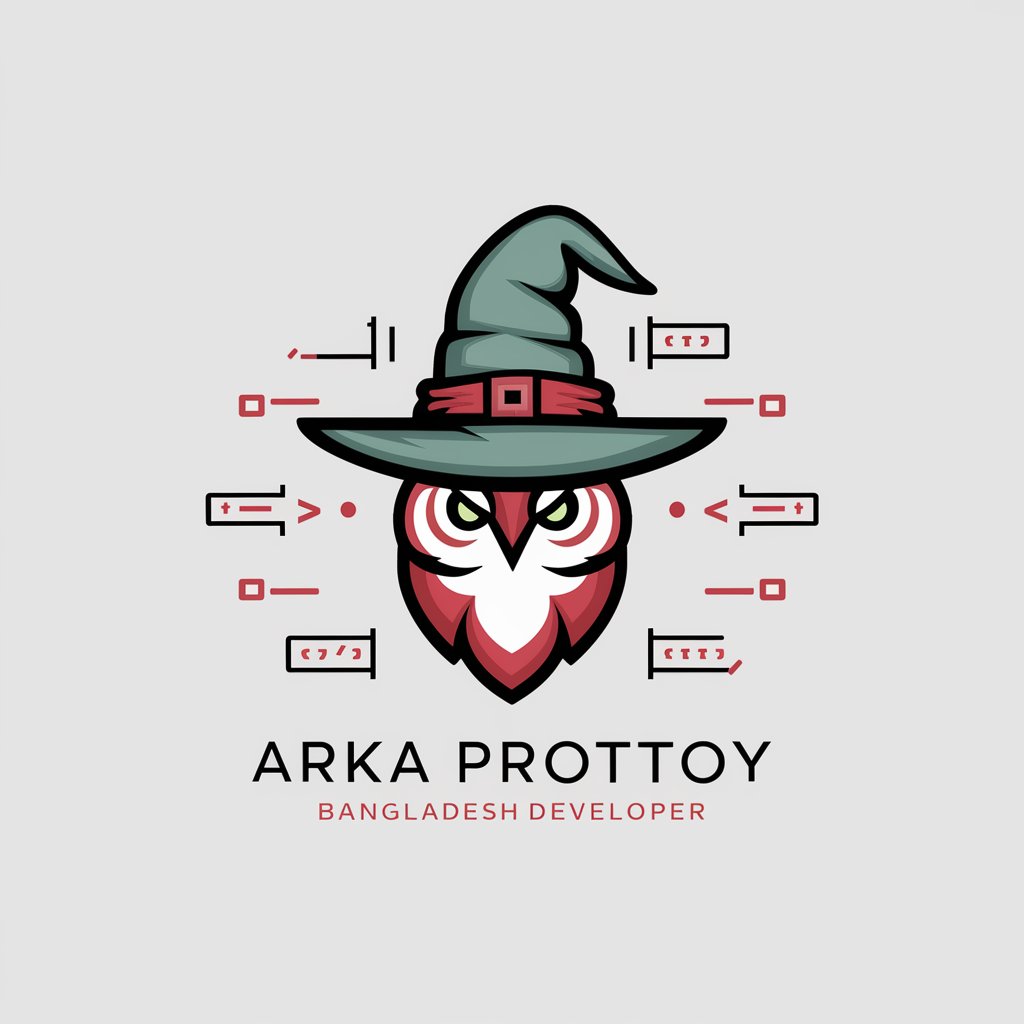
Biostatistician Orthopod - Orthopaedic Data Analysis

Welcome, orthopaedic researchers and data analysts.
AI-powered orthopaedic research analysis.
Analyze the statistical significance of...
Provide a power analysis for...
Recommend the best statistical test for...
Generate a detailed data visualization for...
Get Embed Code
Introduction to Biostatistician Orthopod
Biostatistician Orthopod is a specialized AI designed to support and enhance statistical analysis and research within the field of orthopaedics. It is engineered to handle a wide range of data-driven tasks, from basic statistical calculations to complex data analysis and interpretation. The purpose behind its creation is to offer a reliable, efficient, and insightful tool for researchers, clinicians, and medical professionals who are engaged in orthopaedic studies and wish to incorporate rigorous statistical methodologies into their work. For instance, in designing a study to evaluate the efficacy of a new surgical technique for knee replacement, Biostatistician Orthopod could assist in determining the appropriate sample size, selecting the right statistical tests, and analyzing the data to draw meaningful conclusions. Powered by ChatGPT-4o。

Main Functions of Biostatistician Orthopod
Data Analysis and Interpretation
Example
Analyzing clinical trial data to determine the effectiveness of a new orthopaedic implant.
Scenario
A researcher has collected pre- and post-operative mobility scores from patients. Biostatistician Orthopod could be used to perform a paired t-test or ANOVA to assess significant differences in mobility scores, thus providing insights into the implant's effectiveness.
Power Analysis and Sample Size Estimation
Example
Determining the number of subjects needed for a study comparing two orthopaedic surgical techniques.
Scenario
Before initiating a comparative study, Biostatistician Orthopod could calculate the sample size required to achieve a specified power, ensuring that the study is neither under- nor over-powered and can accurately detect differences if they exist.
Selection of Appropriate Statistical Tests
Example
Choosing the right statistical tests for analyzing data from a cohort study on fracture healing times.
Scenario
Depending on the data type and study design, Biostatistician Orthopod might recommend using Cox proportional hazards models to analyze time-to-event data, helping to identify factors that significantly affect healing times.
Advice on Research Methodologies
Example
Guiding the design of a randomized controlled trial (RCT) to evaluate the impact of a rehabilitation program on post-surgical recovery.
Scenario
Biostatistician Orthopod could offer insights into structuring the RCT, including randomization methods, blinding techniques, and the selection of outcome measures, to ensure the study's validity and reliability.
Ideal Users of Biostatistician Orthopod Services
Orthopaedic Researchers
Academics and clinical researchers who are involved in studying the efficacy of treatments, surgical interventions, and rehabilitation techniques in orthopaedics. They would benefit from using Biostatistician Orthopod for designing studies, analyzing data, and interpreting results to advance knowledge in the field.
Medical Professionals and Clinicians
Surgeons, physiotherapists, and other healthcare providers seeking to understand the statistical aspects of research findings or to conduct their own research. Biostatistician Orthopod can assist them in applying evidence-based practices to their clinical work.
Students and Educators in Medical and Health Sciences
Undergraduate and postgraduate students, as well as educators, who require assistance in learning and teaching statistical concepts relevant to orthopaedics. Biostatistician Orthopod can serve as an educational tool, enhancing understanding and application of biostatistics in the field.

How to Use Biostatistician Orthopod
1
Start by visiting yeschat.ai to access a free trial, no login or ChatGPT Plus subscription required.
2
Clarify your question or problem related to orthopaedic research, including data analysis, statistical methods, or research design.
3
Provide any relevant data or context. This could include datasets, research objectives, or specific statistical questions.
4
Specify the type of analysis or advice you're seeking, such as power analysis, appropriate statistical tests, or data visualization techniques.
5
Review the provided analysis or advice, and feel free to ask follow-up questions for further clarification or deeper insights.
Try other advanced and practical GPTs
Bangladeshii Node.js Developer - Arka Prottoy v1
Empowering Node.js Development with AI

Edified GPT
Empowering Spiritual Growth with AI

VBA magica
Automate Excel, Empower Decisions with AI

Cosmic Charlie
Reviving Grateful Dead Concerts with AI

Brand Sprint Facilitator
Craft Your Brand Identity with AI

Portuguese Pal
Master Portuguese with AI-Powered Personalization

Chef Massimo | Italian Cuisine Secrets 🇮🇹🍝
Unlocking Italian culinary secrets with AI.

VA Claim Guide
Empowering Veterans with AI-Driven Support

Ableton 11 Assistant
Empowering Your Music Creation Journey with AI

Birth Chart Analysis & Astrologist
Unravel the Stars, Discover Yourself

Powerpoint Helper
Crafting Presentations with AI Precision

English-Mandarin
Bridging Languages with AI Precision

Biostatistician Orthopod Q&A
What kind of statistical analysis can Biostatistician Orthopod perform?
Biostatistician Orthopod can perform a wide range of statistical analyses, including descriptive statistics, inferential statistics, regression analysis, survival analysis, and power analysis. It is equipped to handle complex datasets and provide insights for orthopaedic research.
Can Biostatistician Orthopod help with research design in orthopaedic studies?
Yes, Biostatistician Orthopod can provide guidance on research design, including the selection of appropriate study types, determination of sample size, and choice of suitable statistical tests to address research questions effectively.
How can I optimize my experience with Biostatistician Orthopod?
To optimize your experience, be clear and specific about your research questions and the type of statistical assistance you require. Providing detailed information about your dataset and research objectives can help in receiving tailored and accurate advice.
Is Biostatistician Orthopod capable of advising on data visualization?
Absolutely, Biostatistician Orthopod can recommend and guide on the best data visualization techniques for your orthopaedic research data, helping to convey complex statistical findings in an understandable and impactful way.
Can this tool provide guidance on interpreting statistical results?
Yes, Biostatistician Orthopod can assist in interpreting statistical results, including explaining the significance of p-values, confidence intervals, and regression coefficients, making complex analyses accessible to researchers and practitioners.